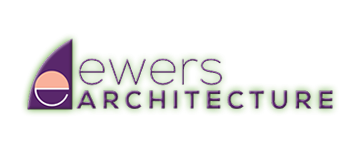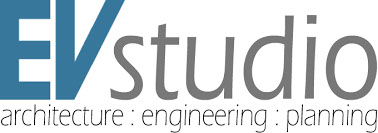Ewers Architecture practices sustainable design to create residential and commercial architecture that is beautiful, responds to the needs of the client, and can be built within the budget. Founded in 1998, we have created award-winning designs built upon the principles of green architecture, the Not So Big House and New Urbanism.
Ewers Architecture provides the personal touch expected in a small firm – where our clients know all our staff (and our staff knows every client), where Peter Ewers is intimately involved in all phases of every project, and where our clients become our friends. We are proud that most of our projects come from repeat clients and word of mouth.
Our dedication to environmentally sustainable design also means that every project is an opportunity to explore the limits of sustainability. For some clients this may be active solar with intricate controls, while for other projects this may simply mean passive solar aspects and educating the client to the many possible benefits of green architecture. Every project, though, in some way, reflects our commitment to saving the earth’s resources.
Sustainability encompasses a wide range of ideals. At Ewers Architecture we seek to apply as many of these sustainable ideals to each project, as they fit with the client’s desires, the site and the budget.
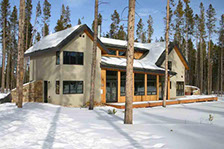
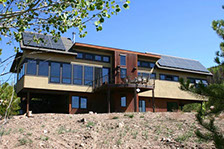
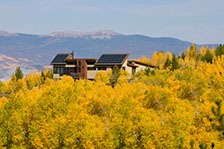
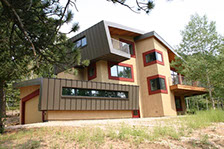
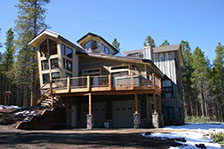
NET ZERO
Dan Hatch has 15 years of professional experience in commercial and residential architecture firms across the country and internationally prior to starting Hatch Architecture Studio in 2014
While working as a freelance architectural illustrator several of my animations were featured in a full length documentary, Herman’s House, that won an Emmy for Outstanding Arts and Culture Programming in 2014.
Our process is firmly rooted in two steps: detailed conversations with our clients, and thorough investigations of the project site.. These allow us to provide a unique architectural solution that fits you perfectly and is carefully tuned to your specific climate and location.
Throughout the creative process, We rely heavily on hand sketching and 3D computer modeling. With these primary mediums we work quickly, present a number of options for you to consider, and empower you to understand and participate in all of the various design decisions.
We practice a systems-based approach to design in order to find the most sustainable solution within your budget. Drawing from the principles of building science in all of our designs resulting in a warm, dry, non-toxic, durable, and energy efficient building. As often as possible our designs respond to the sun’s path, the prevailing winds, and a beautiful view.
Recognized as an Emerging Leader in Sustainable Design by the Designs Future Council – 2009
We prioritize your needs, with exceptional energy performance, and long term durability.
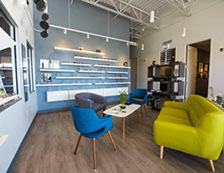
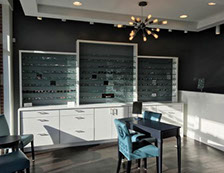
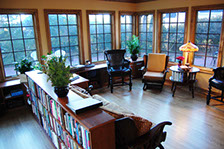
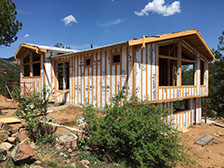

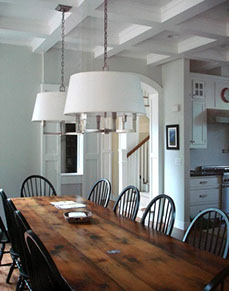
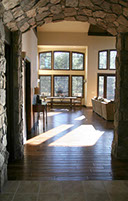
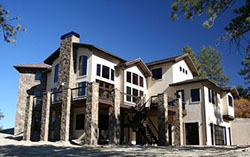
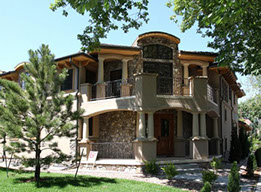
EVstudio’s total integration of architecture and engineering is fairly unique in the design of custom homes. Most architects utilize consultants to design their structure. This means that the design of the structure comes after the design of the architecture which can lead to conflicts and additional expense in the structural design. Within our offices, the architecture and structure are designed together leading to solutions that are better integrated.
Many of our custom home clients ask about sustainable design. We design every project with sustainability in mind if nothing else for the savings in energy and a more livable design. Many of these decisions are made in the layout and siting of the home and carry no additional cost. Where there are additional costs to “go green” we tailor that to the desires of the client. For custom home design where you are interested in a green rating, EVstudio has designed a number of LEED projects as well as off-grid homes, and we’re familiar with your options.
Choosing an Architect
(We have a working relationship with the above mentioned Architectural Firms)
Project Budget
This is our first reference about budget but you will see a reoccurring theme. Architects we recommend are not only focused on drawing what you want, but reviewing your budget in relation to your wants. No architect sets out to draw something you can't afford to build but many clients do not listen to the architect as the process moves forward.
At every phase, you need to review your budget with the architect. Clients tend to add expense during all phases of design. No general information you've acquired on Television or the Internet is relevant to the micro environment your are working in. Costs of construction are fluid, you may have seen a show on "HGTV" or "Youtube" (or similar) or read a blog suggesting a lower cost than the true reality of today in your location. The mass of the information you will collect from these sources is greatly misleading. Listen to your architect!
Selecting an Architect
What aspects are important to you?
a. High Efficiency, Environmentally Responsible, - Sustainability, Renewable Energy, Minimal Fossil Fuels, Net Zero
b. Basic Functionality, Average Efficiency
c. Luxury, plus line "a", line "b" or a blend of "A" and "B"
d. The largest you can get for your money? Plus line "a" or line "b" or a blend of "A" and "B"
e. Style, plus line "a" or line "b" or a blend of "A" and "B"
Deciding on your architect.
a. Our first suggestion is to work with an established architectural firm.
(We are not trying to discount in any way design abilities a new architect, we work with young architects often, but they have
the resources and oversight of an established architectural firm).
b. Make sure the architect you are interviewing shares the similar interests for your design needs.
(Hiring a code compliant focused architect is different than hiring an architect that has experience and a focus on Sustainability)
c. If you are building a Net Zero project you will need an architect that understands how to create a structure that will meet this criteria.
d. Verify your architect has design experience for the area you are going to build in (your specific subdivision is not a requirement)
you don't want a Seasoned South Florida Architect designing their first cold climate project for you.
Cost - "How much does it cost to design my project"?
This can be a complex question and it can have various answers. It really depends on your project, scope, and appointments. In general there are two a few basic methods:
a. Based on Project Budget - This typically equates to a monthly payment based on your budget.
a. Per/ Hour - Hourly rates can vary pending who is actually doing the drawing - A principal architect will typically be more expensive per hour
b. Percentage based on cost of construction - Percentages vary from Architect to Architect but you can expect between 8% to 15%.
* We never enter into the architect compensation arena, what the architect charges is a between you and the architect.
Site Visits
a. Will your selected architect make a site visit to establish your building site (prior to the commencement of the schematic phase)?
b. It is important for your architect to see your exposure to the sun, assess obstacles, potential obstacles, wetlands and natural drainage.
c. North South East West - Will have an impact on your efficiency and design.
Ask For References
* "The J Tillman Group is a reference" We build homes drawn by architects that we can openly recommend based on our experience.
* If you need an architect focused on Energy Efficiency, Sustainability and Renewable Energy we have excellent proven architectural firms.
* If you need an architect that can design a code compliant home not focused on sustainability have an option for this type of structure.
(Since our primary direction is building projects focused on Efficiency, we do not have many options for basic code compliant architects)
a. Some of the best architects in your area may not be a fit for you, make sure you feel comfortable before officially engaging an architect.
b. Drawings are a small portion an architects work, you need an effective communicator who is budget conscious.
c. Who is drawing your plan? Meet with and interview the architect that will be physically preparing your project not just the principal architect.
Review And Understand Your Contract
a. Does your architect charge by the established budget, by the hour or a percentage of the construction costs?
b. How much will your architect charge you to make site visits?
c. Government officials now require an architect or engineer to inspect before building inspectors will sign the permit card. (certain items apply)
d. If your tradesmen (during construction) discover a situation where they need architectural updates, will your architect be willing to make updates?
Project Reviews
a. Will your architect be willing to review your contractor's work at various stages of the project?
b. Will your architect visit with you on site during construction?
c. Will your architect review component selections such as truss engineering, windows, roofing and exterior finishes?
Contractor/Architect Relationships
It is important the contractor and our architect can work as a team.
If you are entertaining a contractor prior to hiring an architect verify both parties have open communication lines. As a general contractor, when we need answers we need to know we can call, email, text or visit the architect.
We need access to DWG/DXF files for our additional engineers unless your architect will handle all engineering disciplines.
TERRITORY
FUTURE CLIENTS
HIGH EFFICIENCY
Get A Quote
J Tillman Group, Inc.
Post Box 195
Pine, Colorado 80470
